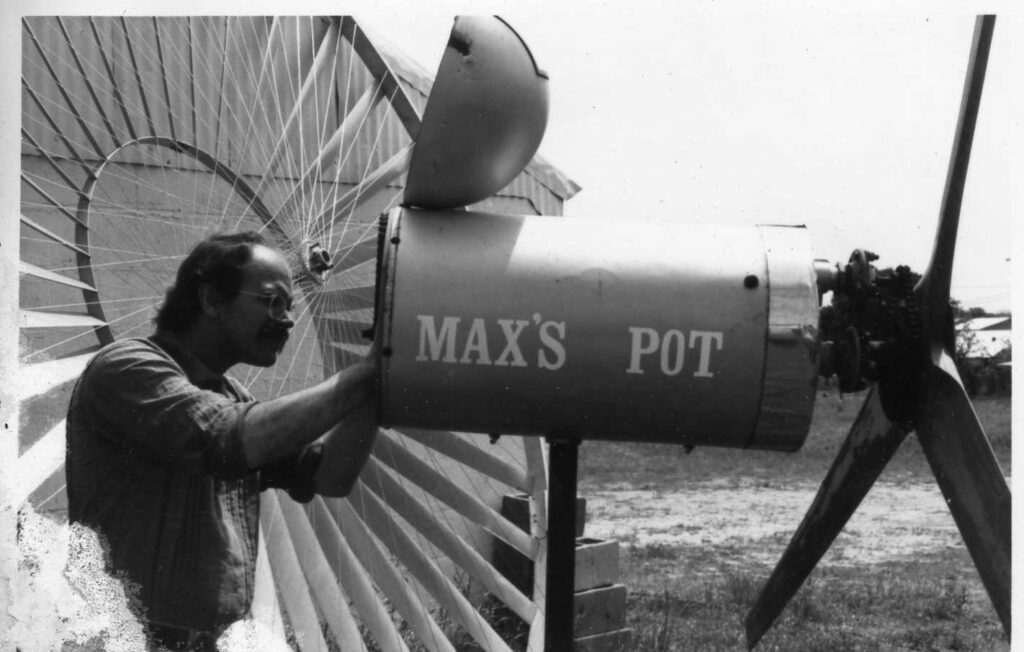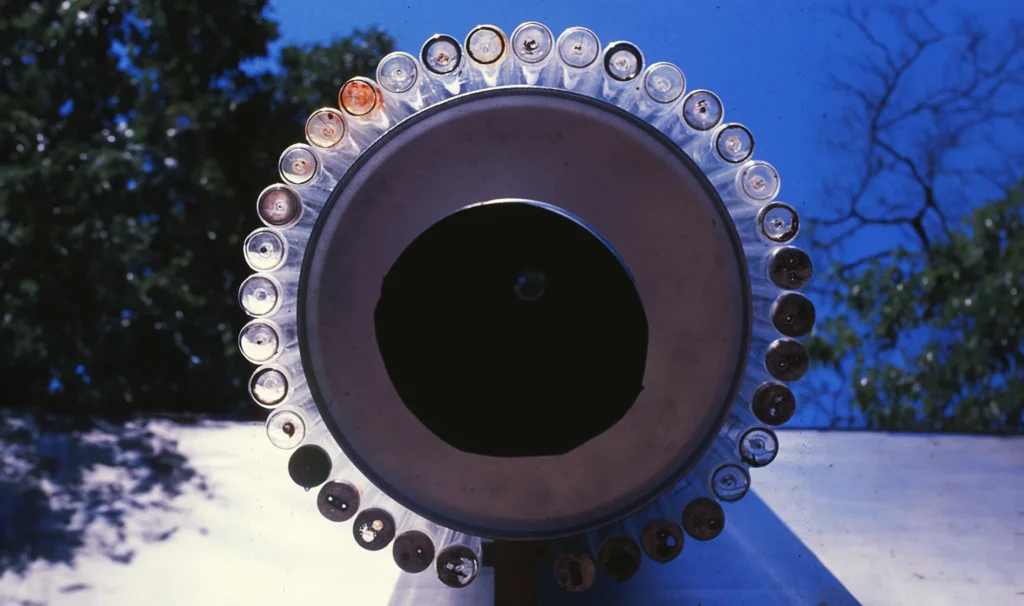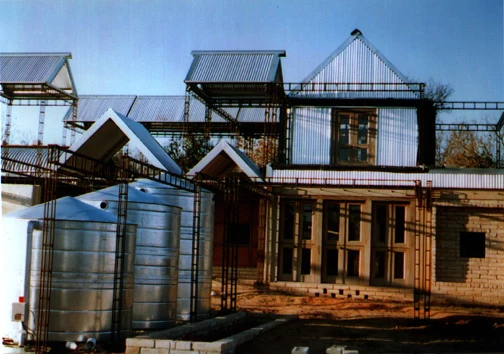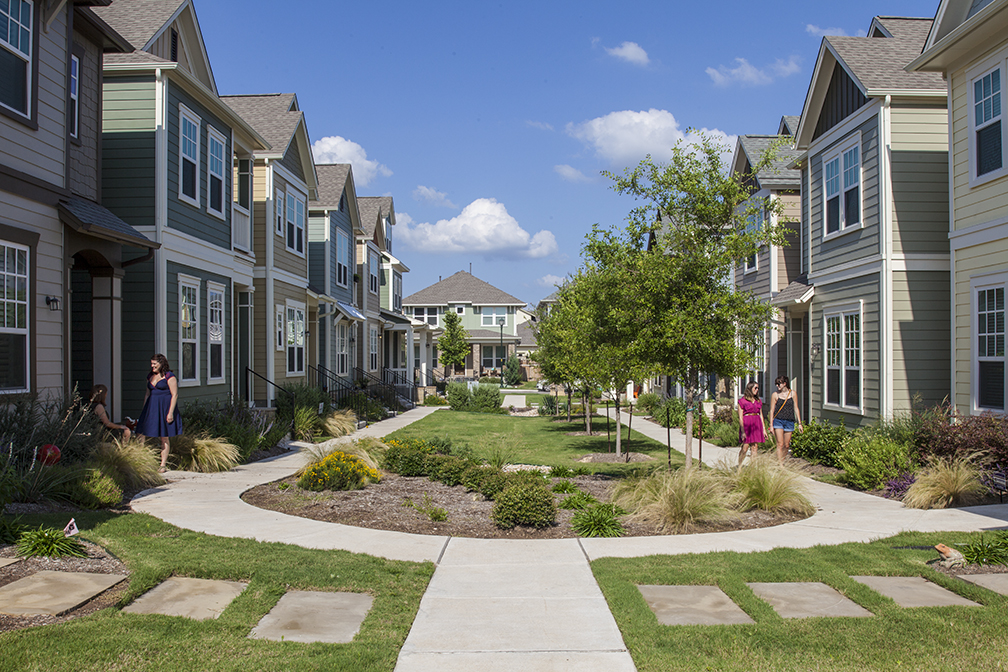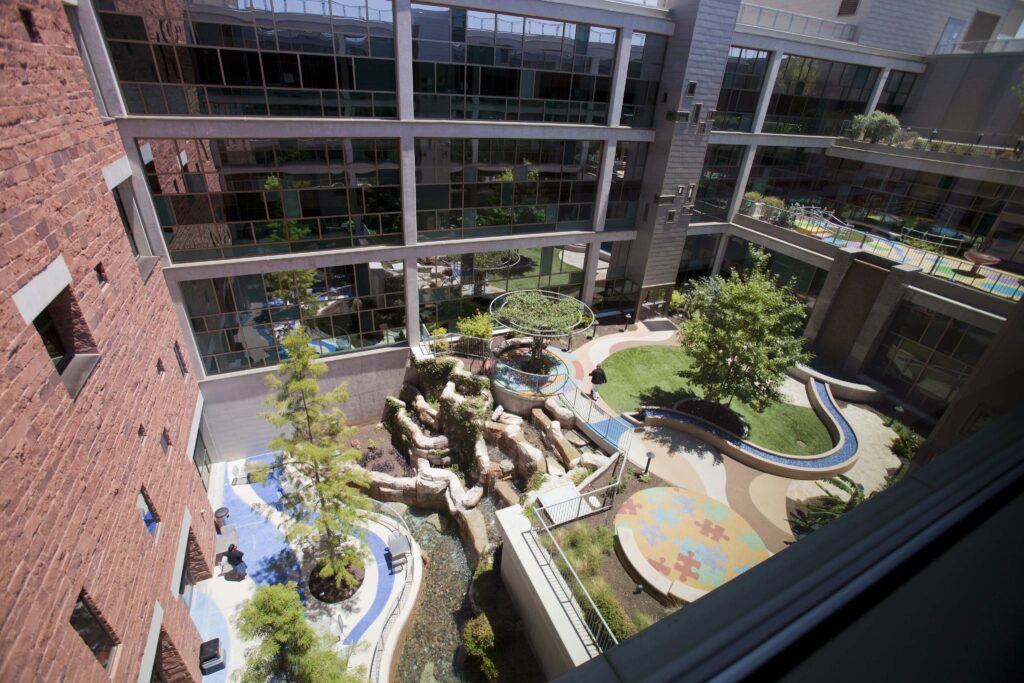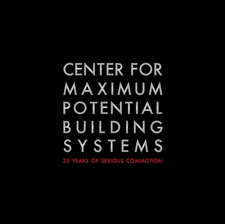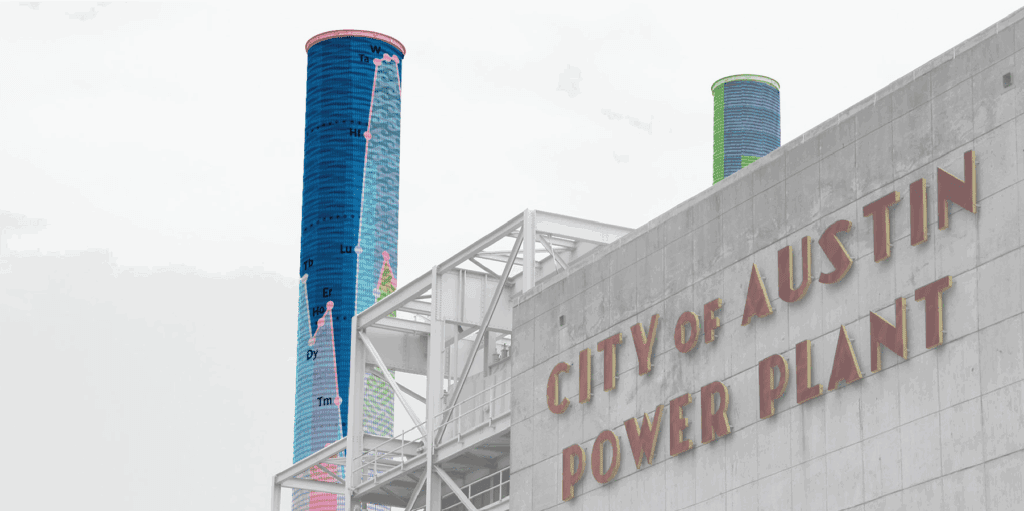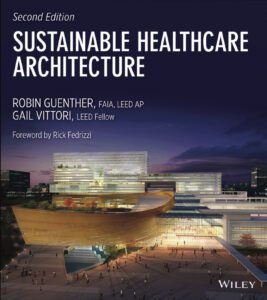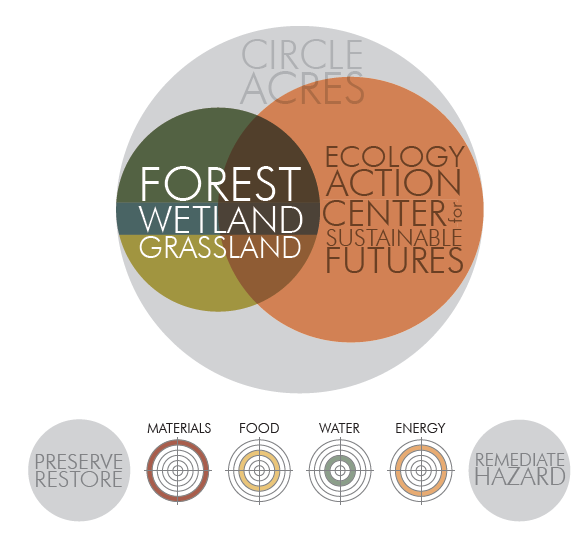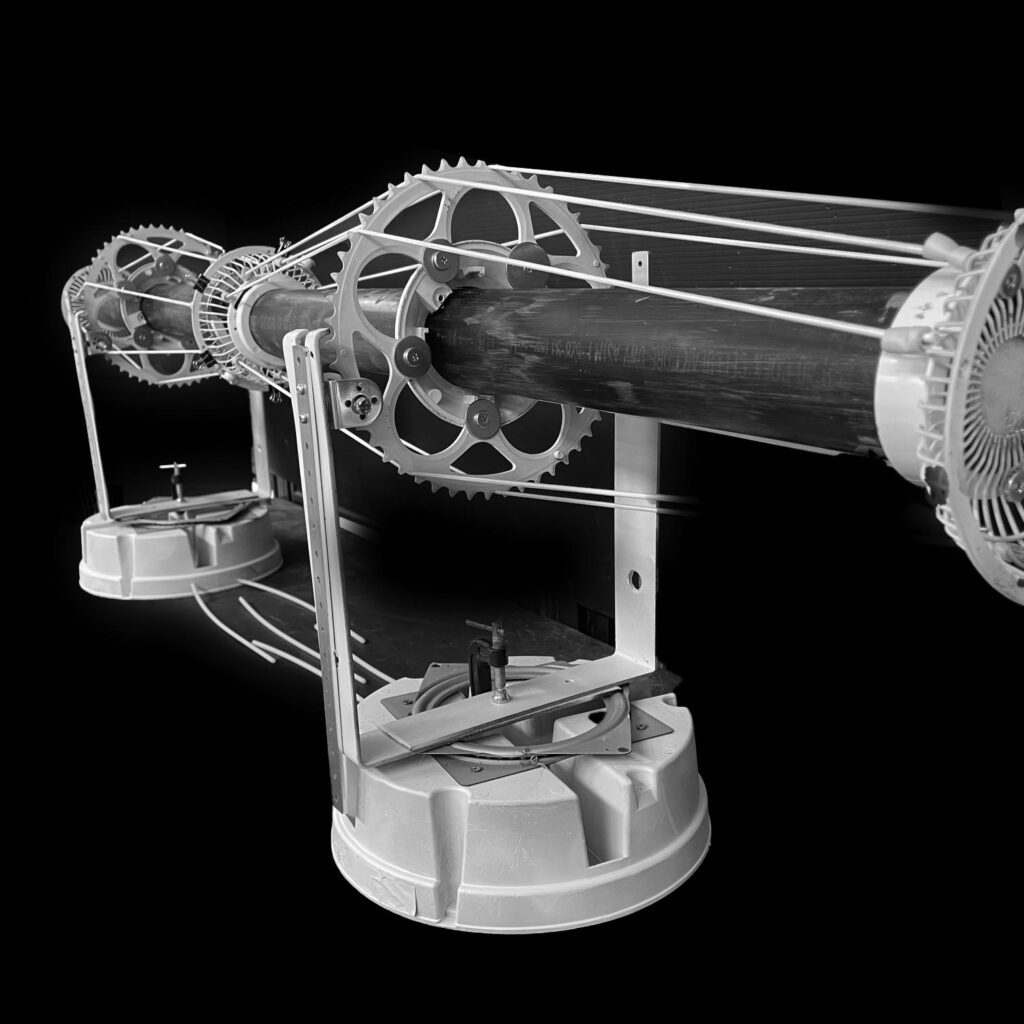Project Background
1988
Concept
An integrated regional response to building, infrastructure, materials, and agriculture as a foundation for local economic development.
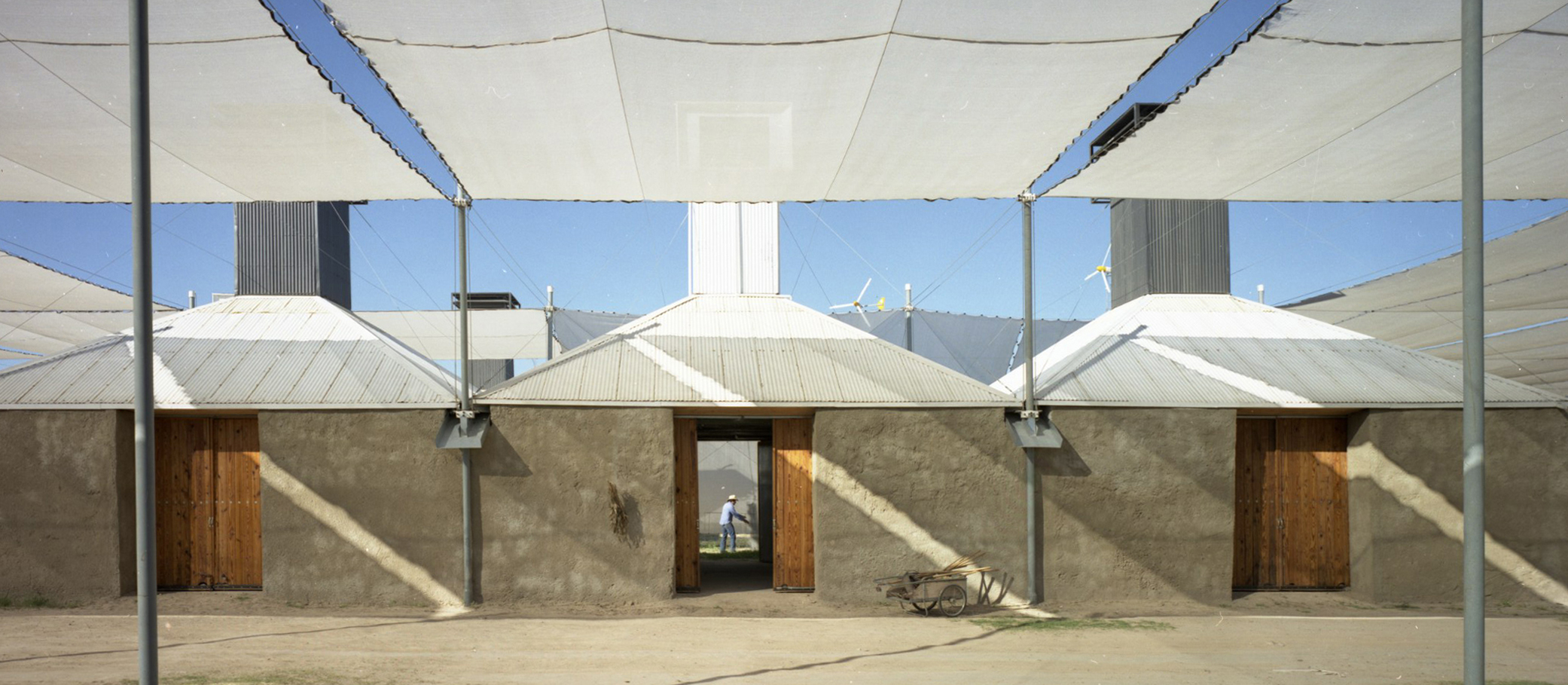
An integrated regional response to building, infrastructure, materials, and agriculture as a foundation for local economic development
Coordinated with the Texas Department of Agriculture’s Texas-Israel Exchange under the leadership of Texas Agriculture Commissioner Jim Hightower, the Farm challenged agricultural convention in Texas, where, as in many U.S. states, the economic viability of farming is threatened. The Farm was designed as a prototypical bioregional building system, and was supported by water efficient farming practices introduced by the visiting Israeli agriculturalists.
A low cost, regional material pallet lent enormous support to ensure maximum efficiency, flexibility, resource utilization and replicability. Agricultural invasives (in this case, buffel grass) were baled into blocks, supported by a wooden ladder block framing system, wrapped in chicken wire lath, and sprayed with fly ash-based cement.
Repurposed oil drilling stems (ubiquitous in south Texas) were introduced to support a continuous shade and wind deflection system, light gauge roof structures, water catchment systems for irrigation, solar space and water heating systems, and wind generators. Due to the Farm’s grid layout, these structures and systems were built on the ground and hoisted into place on the drilling stem poles. This physical structure became a prototype demonstrating how Texan farmers can overcome challenging operations and maintenance concerns, lessen reliance on water and fossil fuel-derived energy sources, passively cool croplands and buildings, and extend the growing season made possible by continuous shade.
Other building system demonstrations included 40 KW capacity wind generators that pumped water from the Rio Grande River through a constructed wetland for purification before use on the Farm; updraft and downdraft cooling tower modules; a zeolite solar-powered refrigerator; ferro-cement cisterns; a large solar crop dryer; helix anchor foundation; and extensive use of electric and telephone pole hardware and cable fasteners.
The Laredo Junior College and supportive local community rose up and re-established the Farm as the Lamar Bruni Vergara Environmental Science Center when the Farm lost support due to a change in administration at the Texas Department of Agriculture in 1990. The College’s website cites the Farm as a “regional destination for elementary, middle and high school students to receive experiential science instruction, mainly in life, biological, aquatic and environmental sciences.”
CLIENT
Texas Department of Agriculture
FUNDING
The Meadows Foundation; State of Texas Governor’s Energy Office; Texas Department of Agriculture; Laredo Junior College
TEAM
Pliny Fisk III; Josef Farbiarz; Steve Gerdes; Tom Glassford; Alberto Luera; Tom Morris; Tony Ramirez; Laredo Junior College Construction Department, W. Laurence Doxsey, Rich MacMath, Ray Zamora; Howdy Reichmuth












